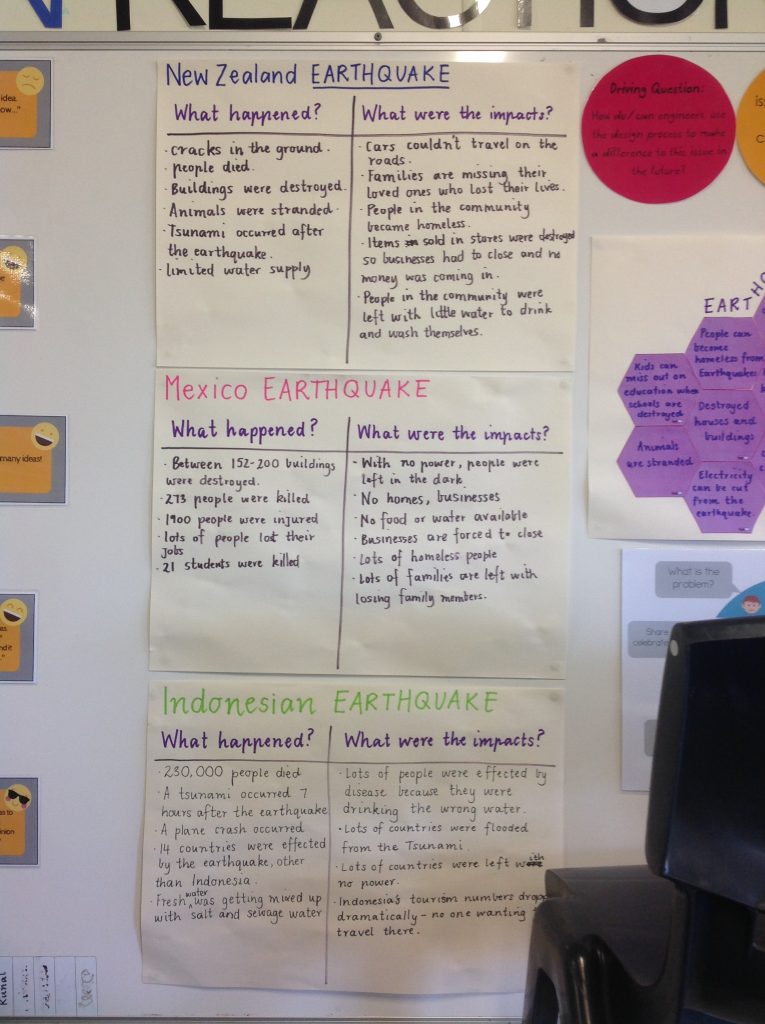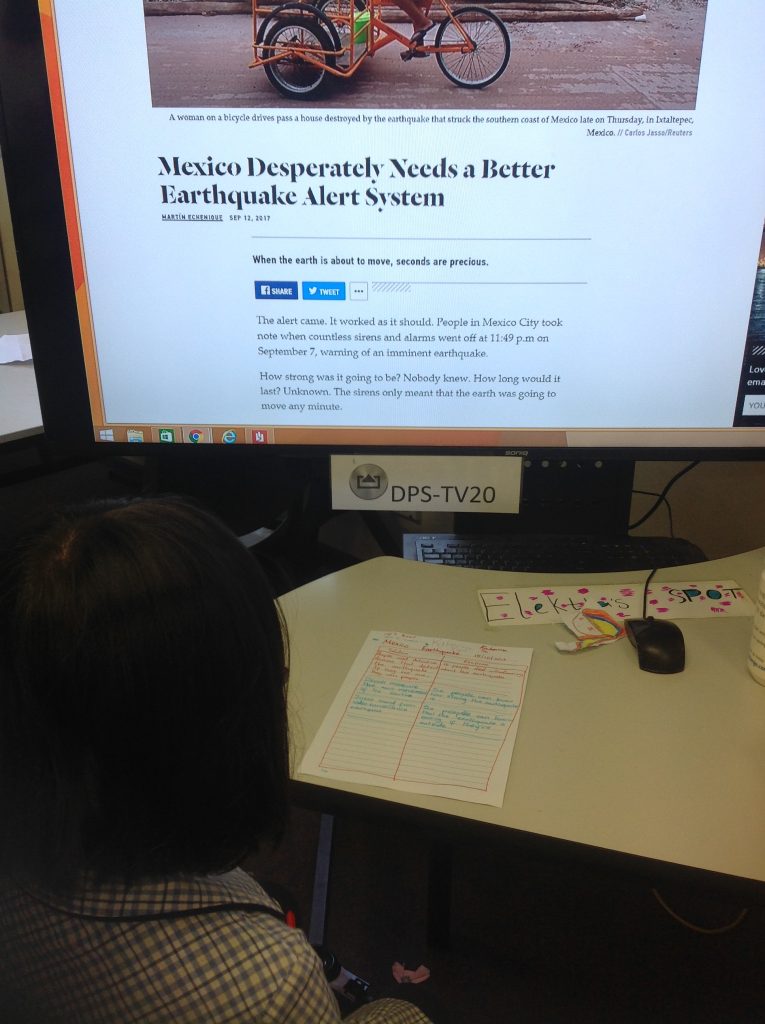Cornell Engineers knows a bit about cyclones and their devastating effect on communities. So when we were asked by Year 3 and 4 class at Derrimut Primary School, an Inquiry-based government school in the Western Suburbs of Victoria that is learning about physics and natural disasters, we were quite keen to help.
There are currently 765 students enrolled and 49 nationalities across the year levels at Derrimut Primary.
The 3/4 Gallery 1 Community, consisting of 70 students, have been learning about physics as part of their Inquiry unit. The students have been exploring both simple and complex machines in the past and are now applying their knowledge on a global scale to discover how engineers use these tools to respond to issues around the world (such as natural disasters). How impressive!!
In addition to this, students will be learning about sustainable engineering solutions, such as environmentally friendly green buildings and will strive to make a difference by creating their own solutions to ensure we live a sustainable future.
By partnering Cornell Engineers in Brisbane, who have experience in these areas, our students are able to gain a personalised, deep and realistic understanding of these topics.
So to Year Three and Four at Derrimut Primary: thank you for your photos. Please enjoy our video. We hope we’ve answered your questions and told you a little bit about what engineers do so solve the challenges of natural disasters.
Transcript from video:
Matt: Hello Year three and four, my name is Matt Cornell and I’m a structural engineer in Brisbane. You have asked us to answer some questions about earthquakes and natural disasters and cyclones and how they affect buildings.
Luckily that’s something we know a lot about because we design a lot of buildings for cyclones up in North Queensland in my old home town of Mackay and up in Airlie Beach and Whitsundays.
Down here in Brisbane we don’t get cyclones but we do get strong winds so we have to design buildings to make sure they are safe and strong and so that people can hide in them when the weather gets bad.
I’ve asked my graduate engineers to help out with answering the questions so now I will hand over to them. Have a great day.
Andrew: Hi my name’s Andrew, I’ve been an engineer for two years.
Jed: Hi I’m Jed, I graduated university last year and I’ve been working as a structural engineer for eight months now.
Question – How do natural disasters impact on your design?
Andrew: The main sort of natural disaster we have to design for is cyclones so obviously the worse they are the higher the speeds of the winds so the stronger the building has to be.
Jed: There are mainly cyclones in Australia, mainly up north. We don’t have to deal with earthquake loading, snow loadings or anything like that in Australia. If you go overseas you might have to deal more with typhoons and earthquakes.
Question – Are there certain materials that can survive an earthquake or cyclone?
Andrew: Yes definitely, the best types of materials that they use in structural buildings are concrete and steel. They have both got characteristics; steel is really good at being pulled upon and concrete is really good at being squished so if you combine them you’ve got the best of both worlds.
Jed: If you use timber as well just in the small houses that can be a fairly cheap option and timber is good under those wind loadings because timber can flex and move a bit without cracking or breaking. So timber is a good one as well if used appropriately.
Question – Have you ever seen a natural disaster hit a building in person?
Andrew: I actually have, I was born in Cairns, Northern Queensland and there are lots of cyclones there. I remember being a little kid and the power was off and I just hid under the couch and could see all the palm trees we had in our back yard smashing into each other and hitting the gutter of the house. It was pretty serious.
Question – How do you ensure the buildings you build are strong and safe and how long does it take?
Andrew: So there are a set of rules you have to follow when you are designing a building and if you can prove you have met all those targets in terms of strength and flexibility within the design you can be pretty sure that the building is going to be fit for purpose.
Jed: The design of the building can vary a bit but usually it doesn’t take too long so you can design just a residential house in a day or anywhere between a day and couple of days. It does take a lot of collaboration between client/home owner and whomever is drawing it up to make it look good and the builder, what they want. Finding out what information you need like getting information about the soil that you’re going to build this new house on. When you throw all that into the mix it can take bit longer than those couple of days but the actual design work is not long itself.
Question – What’s the best thing about being an engineer?
Andrew: I think it’s a job that has a lot of respect and it’s got a lot of responsibilities too. And I just like it because it feels like a job that not everybody can do, only smart people like me.
Jed: I really like the challenges that come with the job like being able to face a problem and try and think of a solution where you have to be creative and still work within the set rules that we talked about earlier. When you come up with something that can actually can be built and you see it in real life and its working as you wanted it to work, it’s a really satisfying feeling.
Question – Where do you get your inspirations and ideas from?
Andrew: I like to look at previous jobs that have been similar; if there is a similar house or a similar building in similar sort of soil conditions or if it’s in a cyclone area as well you can see what’s been done before and see if you can use those ideas as best you can in the scenario you’ve got at the time.
Jed: If comes down to experience, because we are both fairly new so we look a lot to similar jobs rather than our past experience. Moving forward the more experience you gain you draw on that and have that information more readily available. Looking at past work, googling, internet, having a chat to other people, other engineers, other builders; how they want to do things. That’s a good way to find out new ways, things you haven’t thought of that could be a better solution to the problem.





